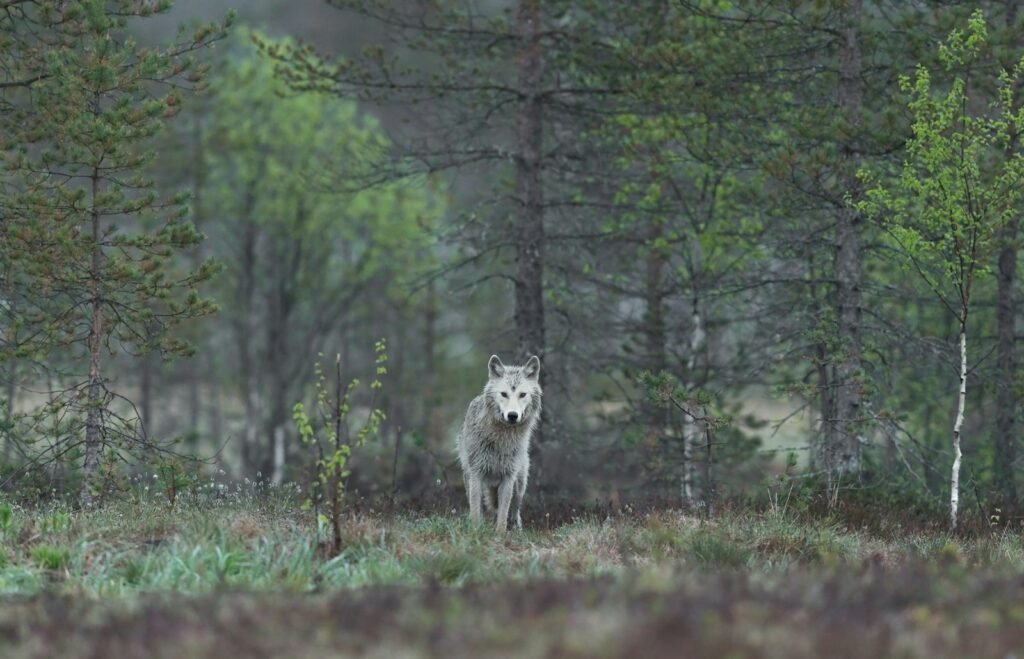It started with a sound—soft, unsettling, like rain on dry leaves. Except it wasn’t rain at all. It was thousands of flying fox bats, falling out of the sky in the blistering heat of an Australian summer. This wasn’t just another hot day. In January 2014, the western suburbs of Sydney witnessed a shocking sight: the air shimmered with heat, thermometers hit record highs, and the trees beneath powerlines and parks became graveyards for hundreds of bats. No one could ignore what was happening—not the scientists, not the locals, and certainly not the world. What unfolded in those sweltering days became a symbol of our planet’s new climate reality, and the lessons we learned still echo louder than the cicadas on a summer night.
The Day the Skies Went Silent

On that scorching day, the heat didn’t just break records—it broke hearts. The temperatures soared above 44°C (111°F), so fierce that even the shade felt hostile. People who had lived in Sydney their whole lives said they’d never seen anything like it. Usually, the sky buzzed with the chatter of flying foxes. Suddenly, silence took over as bats began to tumble from the trees. Their bodies littered backyards, playgrounds, and riverbanks. It was a scene straight out of a dystopian novel, but it was painfully real. For many, the sight of these creatures lifeless on the ground was a wake-up call that something was deeply wrong.
Meet the Flying Foxes: Australia’s Nighttime Gardeners
Flying foxes aren’t just ordinary bats. With wingspans stretching over a meter, they glide gracefully through the night, pollinating native flowers and spreading seeds far and wide. These megabats are crucial for Australia’s forests and bushland, helping new trees grow and keeping ecosystems healthy. They’re like nature’s nocturnal gardeners, and without them, many native plants simply wouldn’t survive. It’s a delicate balance—one that depends on the survival of these misunderstood animals.
Why Bats Are So Vulnerable to Heatwaves
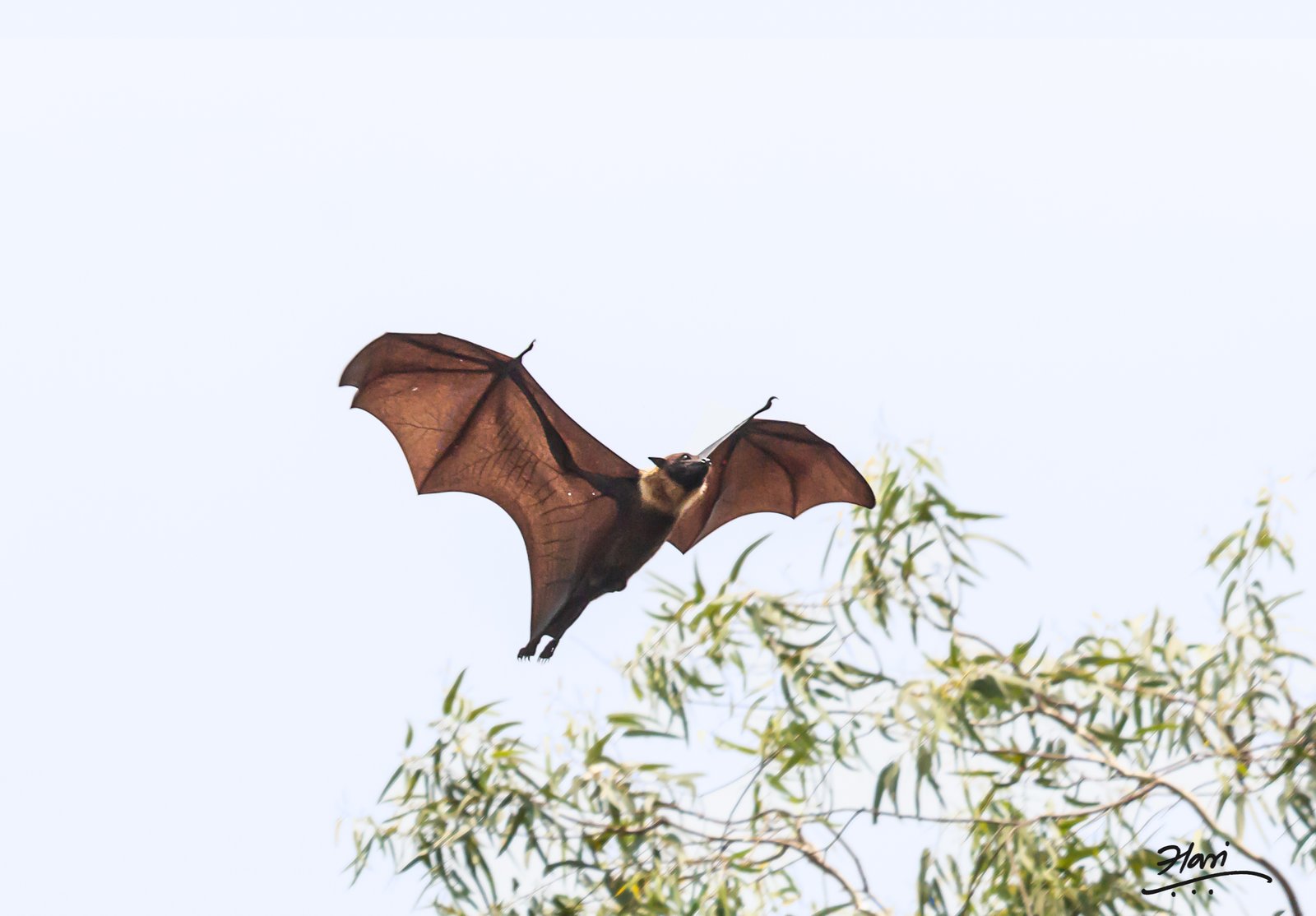
Unlike many mammals, flying foxes can’t sweat or pant effectively to cool themselves down. When the temperature climbs above 42°C (108°F), their bodies begin to shut down. Their only chance is to find shade and fan themselves with their wings, but that’s rarely enough on a day when the air feels like a furnace. Young bats, still clinging to their mothers, are especially at risk. The 2014 heatwave saw entire generations wiped out in a matter of hours, simply because their bodies weren’t built for such extremes.
Ecological Dominoes: The Ripple Effect on Nature
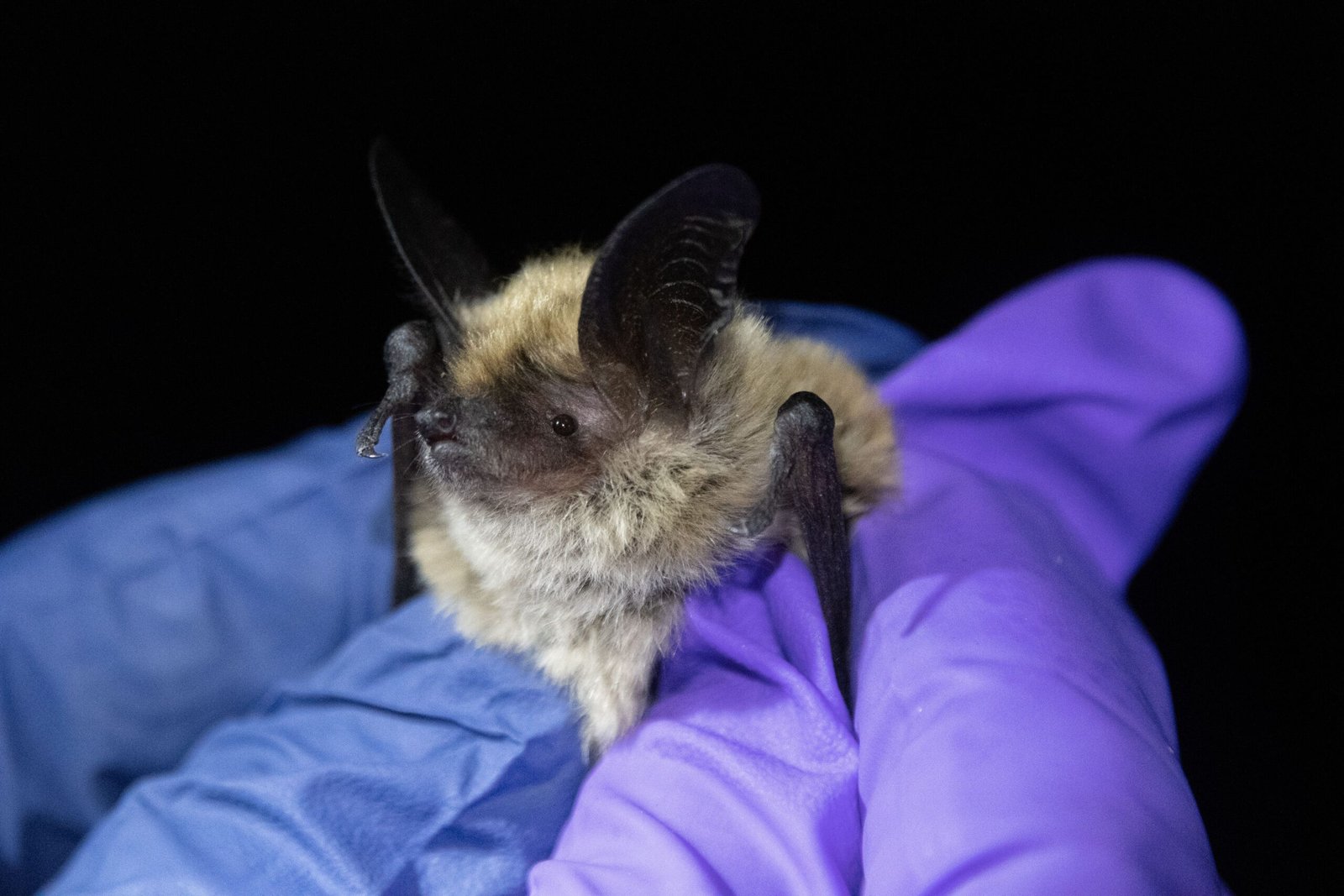
Bats aren’t just victims—they’re key players in the environment. When thousands of flying foxes perished, the effects rippled outward. Flowers went unpollinated. Fruits fell uneaten. Trees that depended on bats for seed dispersal struggled to regenerate. Birds and insects that relied on bat-pollinated plants suddenly found their food sources dwindling. The loss of one species can tip the balance for many others, turning a simple tragedy into a cascade of ecological consequences.
Climate Change: Turning Up the Heat
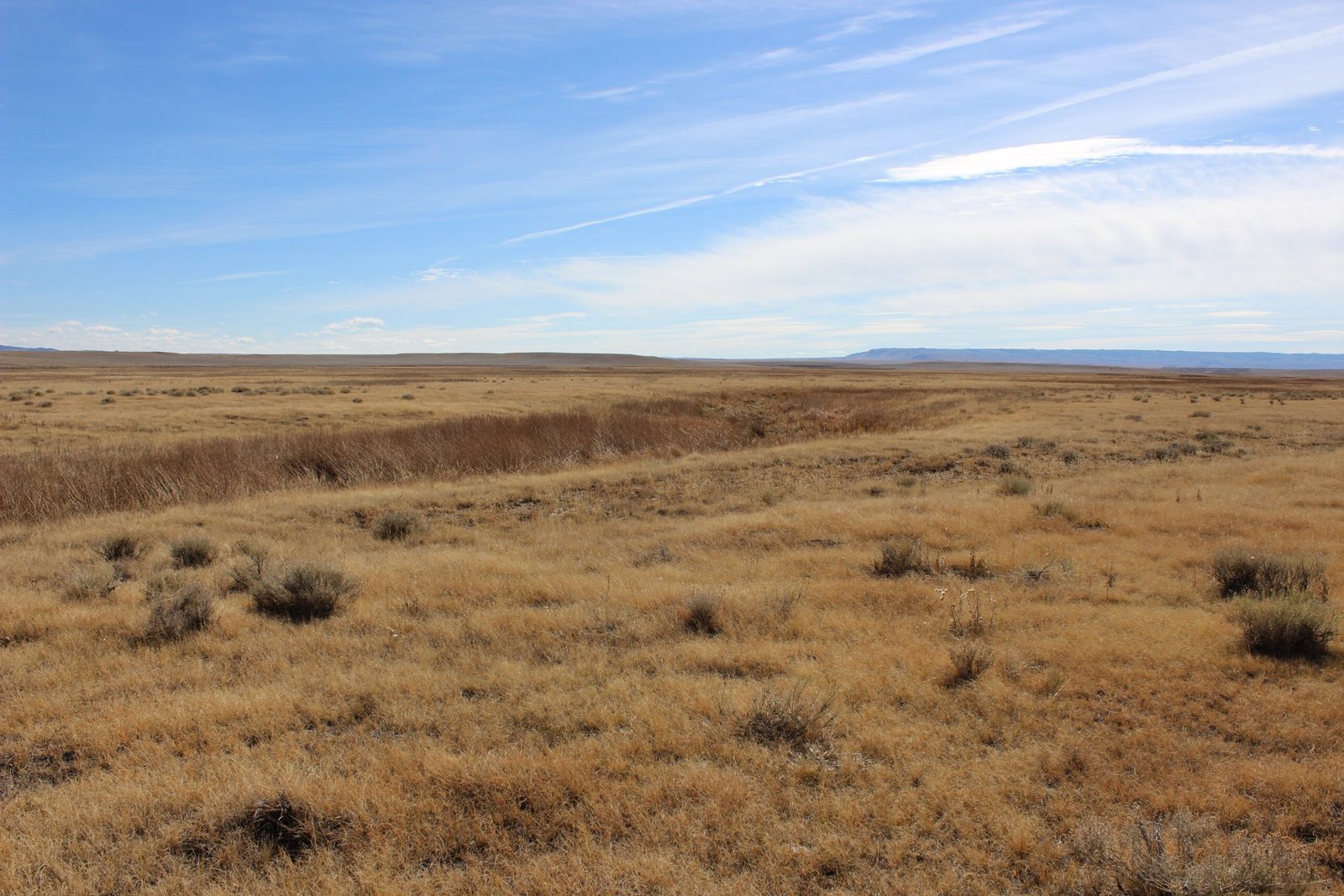
Scientists didn’t waste any time connecting the dots. Australia’s climate has always been fierce, but recent years have seen more frequent and intense heatwaves. Climate models show that these extreme events are likely to become the new normal. The 2014 bat die-off was one of the most visible casualties, but it wasn’t the last. As the planet warms, more animals—and even people—are finding themselves at the mercy of temperatures their bodies can’t handle.
The Science Behind Heat Stress in Bats
When bats overheat, their internal organs start to fail. Blood vessels in their wings dilate to release heat, but this only works up to a point. If their body temperature rises too high, the proteins in their cells begin to unravel, leading to organ failure and death. Researchers studying the 2014 event found that even a few degrees above normal could mean life or death. It’s a sobering reminder of just how finely tuned these animals are to their environment.
Rescue Efforts: Heroes in the Shadows
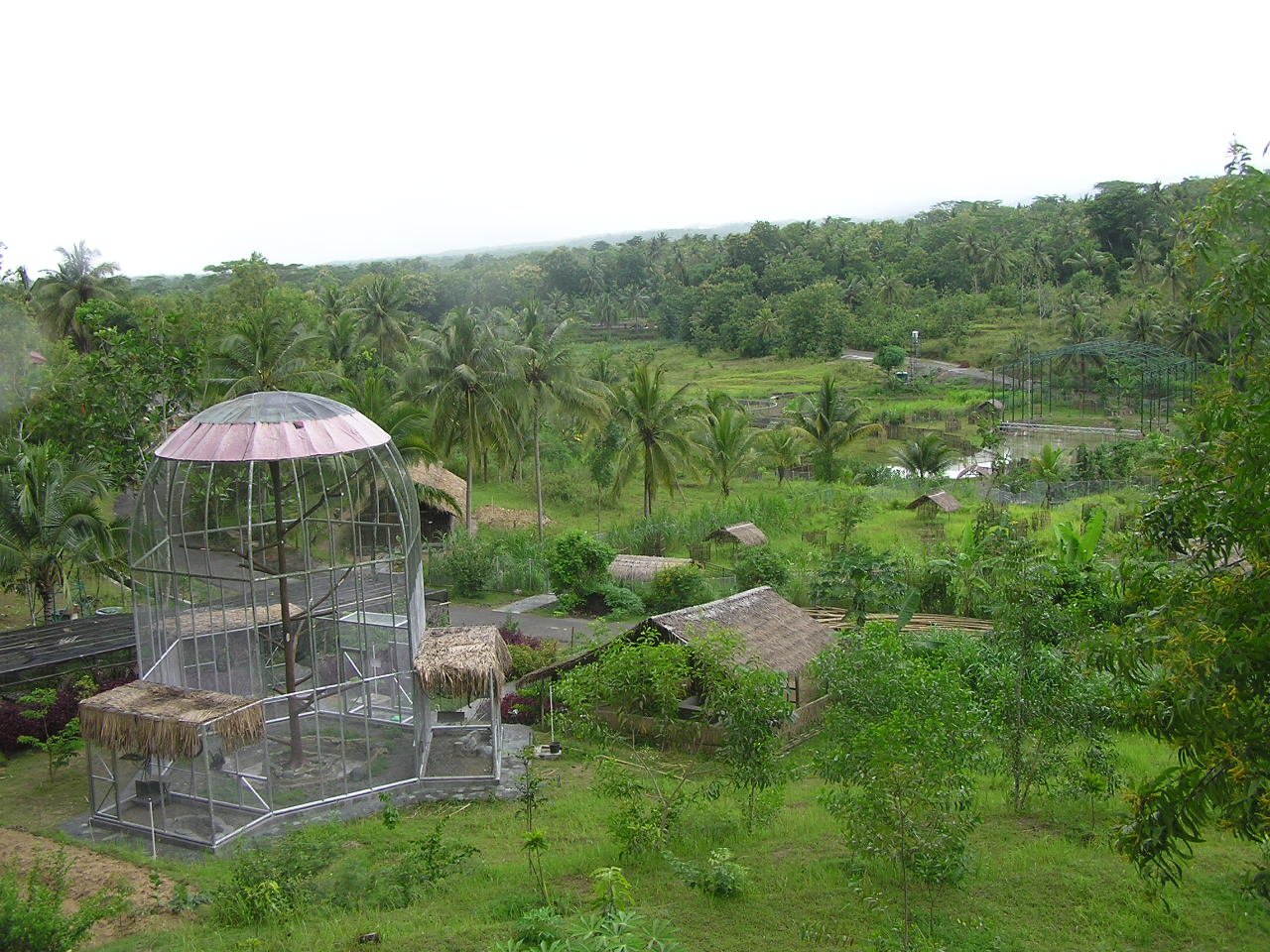
Not everyone stood by helplessly. Wildlife rescuers raced to the scene, armed with water bottles, towels, and makeshift misting systems. Some brave volunteers climbed trees to save live bats, risking bites and heatstroke themselves. Local residents joined in, offering up their gardens and sheds as temporary sanctuaries. The dedication and compassion shown in those frantic hours highlighted the best of humanity—even as nature showed its worst.
Technology Steps In: Monitoring and Mitigating Heat Events

After the tragedy, scientists and conservationists got to work. Thermal imaging cameras began tracking bat colonies’ temperatures. Drones monitored tree canopies to identify vulnerable roosts. Some communities installed sprinklers and shade cloths in key bat habitats, hoping to give the animals a fighting chance during the next heatwave. Technology became a lifeline, bridging the gap between science and survival.
Urban Expansion: A Double-Edged Sword

Many flying foxes now roost in city parks and gardens instead of forests, thanks to habitat loss and urban sprawl. While cities can offer some protection from predators, they also come with their own dangers: powerlines, cars, and, of course, the urban heat island effect, which makes cities even hotter than the surrounding countryside. The 2014 event showed that urban environments can be both a refuge and a risk for wildlife struggling to adapt.
Public Perception: From Nuisance to Necessity
Before the heatwave, many people saw bats as pests—noisy neighbors that left messes in backyards. But watching the sky rain bats changed minds. Suddenly, there was empathy, even admiration, for these misunderstood animals. Schoolkids wrote letters to local councils, asking them to protect bat colonies. Gardeners began planting native shrubs and trees to provide shade and food. Sometimes, tragedy is what it takes to shift public opinion and spark real change.
Health Hazards: When Dead Bats Become a Public Issue

The mass die-off wasn’t just an ecological disaster—it was a public health problem. Dead bats can carry disease, so clean-up crews had to act quickly and cautiously. Local governments issued warnings, urging people to avoid touching dead or dying animals. There were concerns about water contamination and the spread of infectious diseases. The event underscored the close links between human health and the health of the natural world.
Lessons from Indigenous Knowledge
Australia’s First Nations peoples have lived alongside bats for tens of thousands of years. Their traditional knowledge includes ways to interpret animal behavior and anticipate environmental changes. Some elders noted that bats had shifted their roosting sites and behaviors long before the heatwave struck—a subtle warning sign that modern science almost missed. The tragedy highlighted the value of listening to Indigenous voices when managing wildlife and climate risks.
Policy Changes and Legal Protections
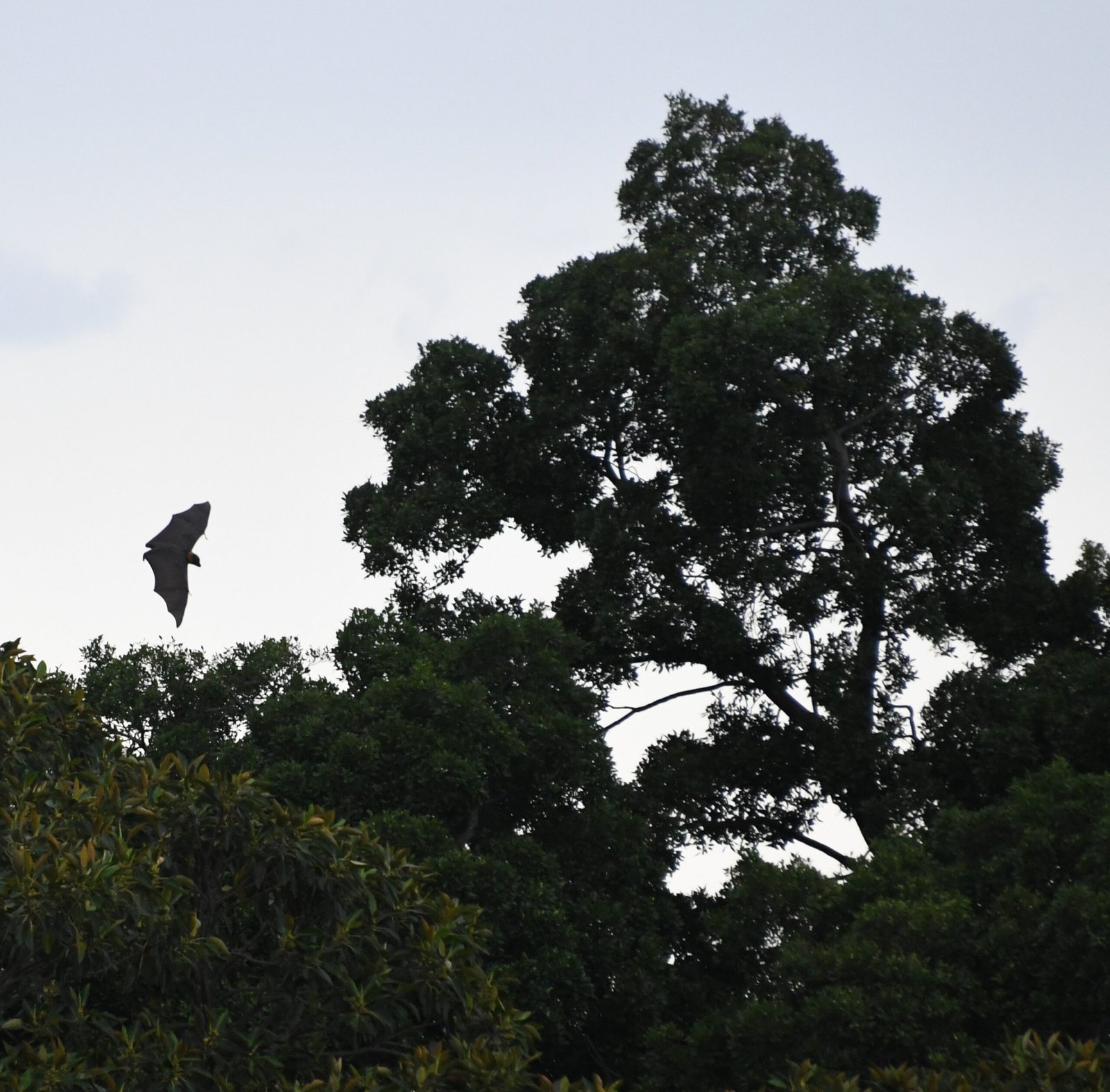
Following the heatwave, there was a push for stronger legal protections for flying foxes. Governments debated new guidelines for tree clearing, urban development, and wildlife management. Some cities created “bat-friendly” zones, while others launched public education campaigns to dispel myths and promote coexistence. Policy shifts don’t happen overnight, but the 2014 event sparked conversations that continue to shape Australia’s environmental laws.
Education and Community Action
Schools used the bat die-off as a real-world lesson about climate change, biology, and compassion. Students organized tree-planting days, built bat boxes, and participated in citizen science projects. Community groups hosted workshops on how to live alongside bats safely and respectfully. These grassroots efforts helped turn a tragedy into an opportunity for learning and unity.
International Attention: A Global Wake-Up Call
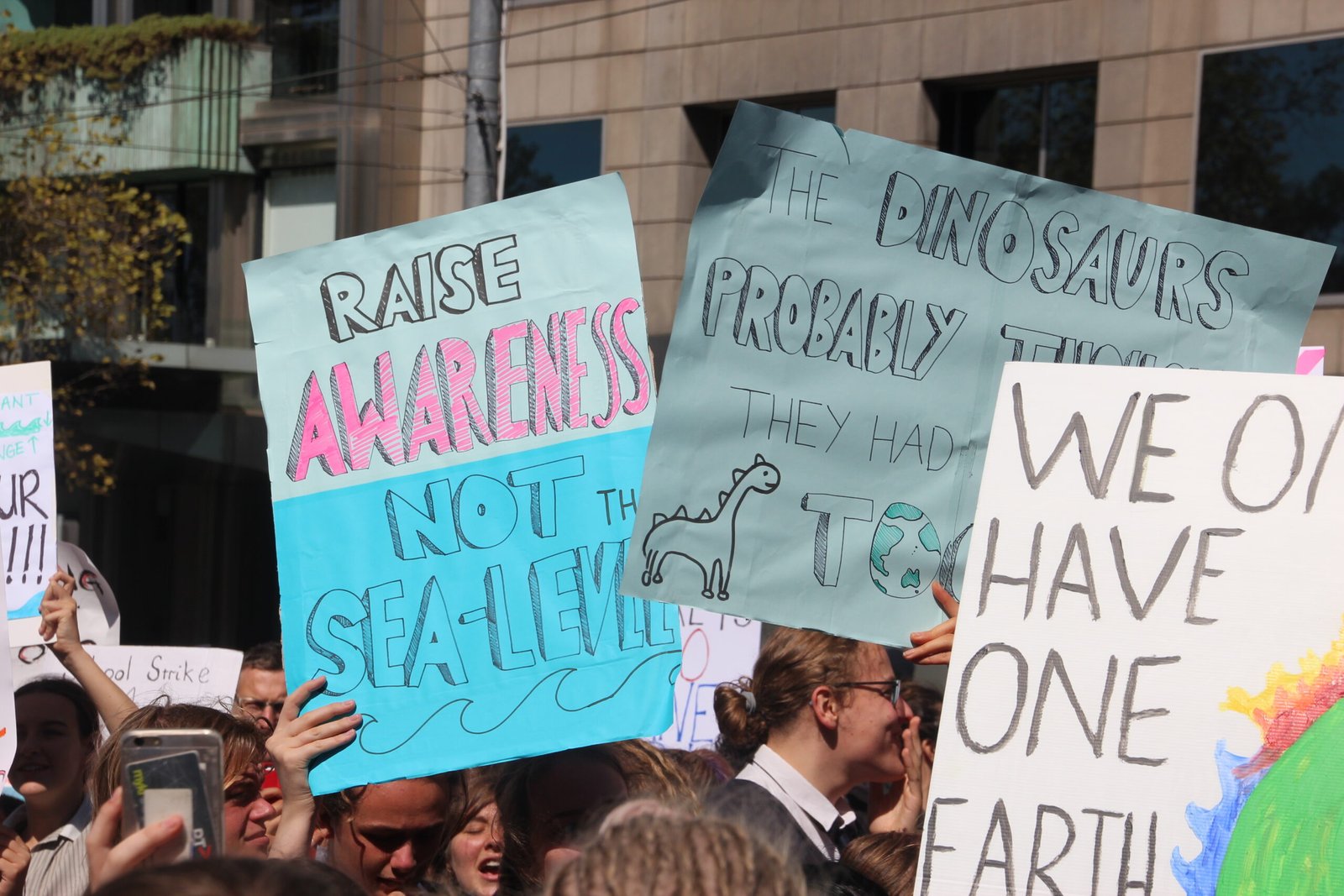
News of the falling bats traveled far beyond Australia’s shores. International scientists, conservationists, and climate activists took note, realizing that what happened in Sydney could happen anywhere. The event became a talking point at climate conferences and in global media, drawing attention to the wider impacts of extreme weather on wildlife. Australia’s bats became a symbol for the silent suffering of countless animals facing a warming world.
Hope for Recovery: Nature’s Resilience
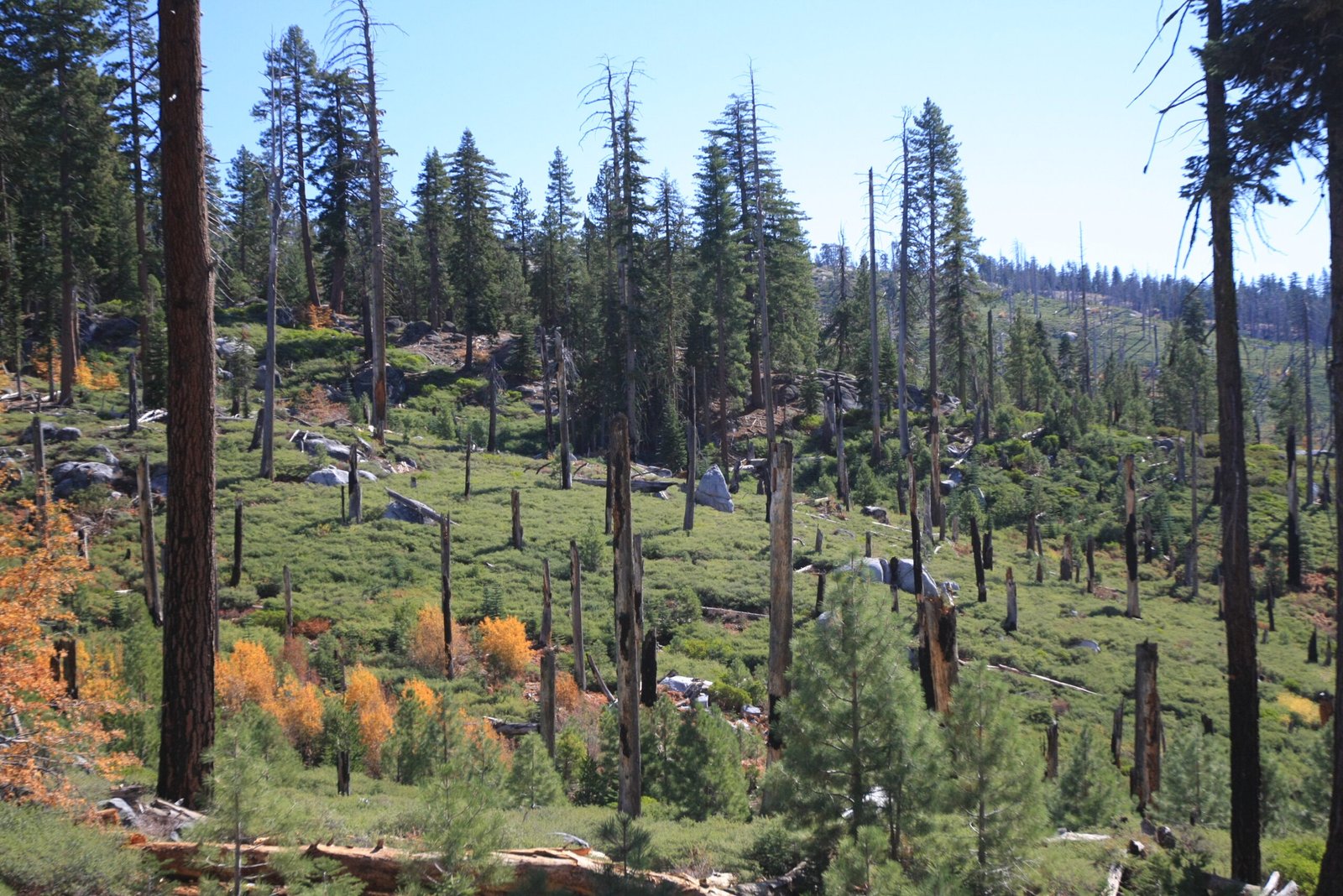
Despite the devastation, some bat colonies began to recover in the years that followed. New pups were born, and surviving adults returned to old roosts. Forests slowly filled with the flutter of wings once more. While the scars of the heatwave remained, both in the landscape and in memory, nature showed its remarkable ability to bounce back—if given the chance and support.
Preparing for the Next Heatwave
Scientists warn that the events of 2014 are unlikely to be a one-off. Efforts are now underway to create “cool zones” for bats, restore native vegetation, and improve early warning systems for extreme heat. Conservationists are calling for bigger changes, too: reducing emissions, protecting habitats, and building communities that can weather the storms—literally and figuratively—that climate change will bring.
Personal Reflections: Witnessing Change Up Close
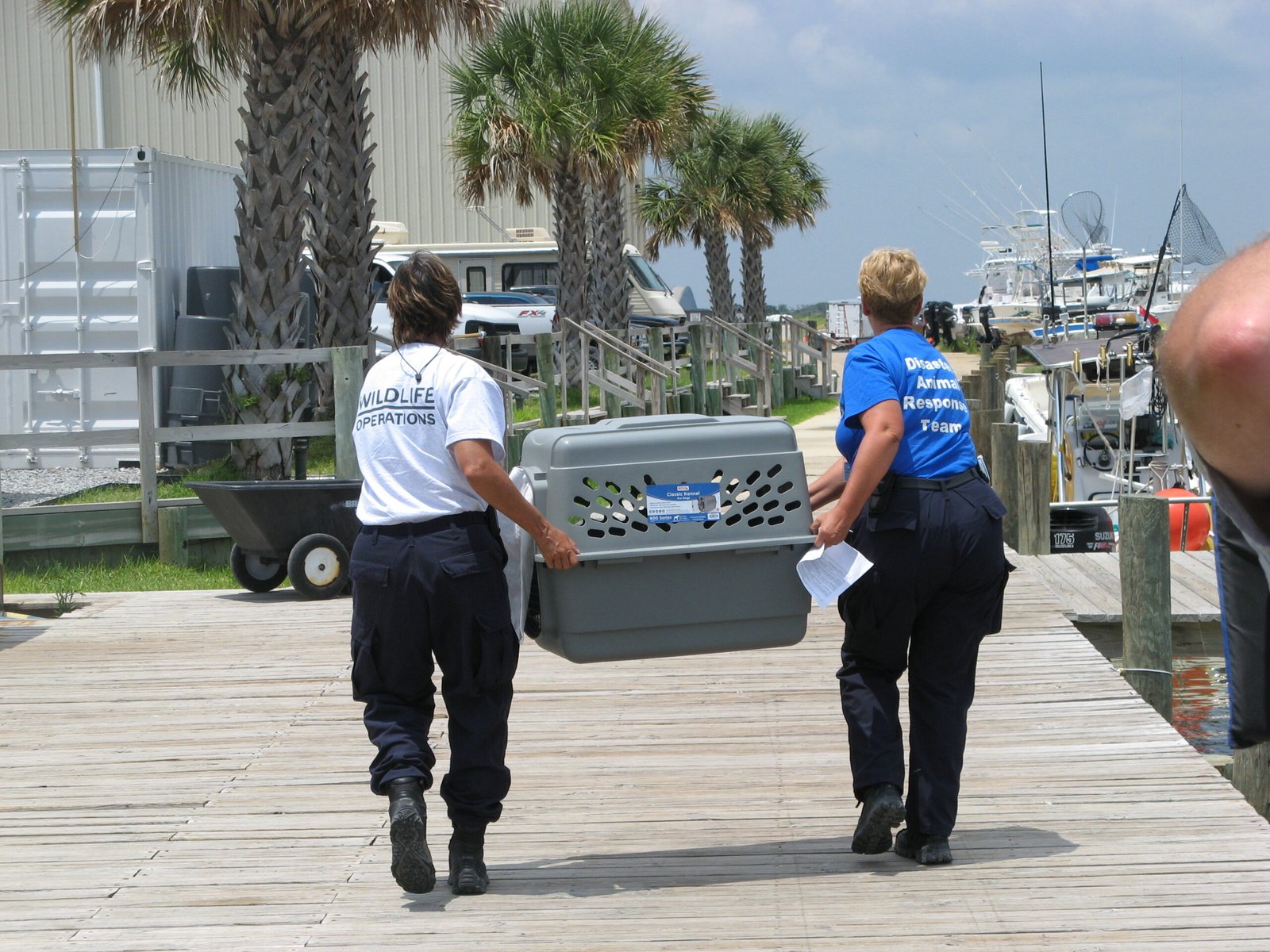
For those who lived through the heatwave, the memories are still raw. Some recall the eerie quiet after the bats fell, others remember the desperate rush to save as many as possible. One wildlife rescuer described the experience as “heartbreaking, but also a moment of clarity—it made me realize how interconnected we all are.” Moments like this drive home the urgent need for action and compassion, both for nature and for each other.
The Power of Small Actions
Even the smallest efforts can make a difference. Planting a tree, providing fresh water, or simply spreading the word about the importance of flying foxes—all these actions add up. The story of the Aussie heatwave is a reminder that climate change isn’t just a global issue; it’s something that touches our backyards, our parks, and the skies above our heads. Every choice matters, and every voice can help shape a better future.



